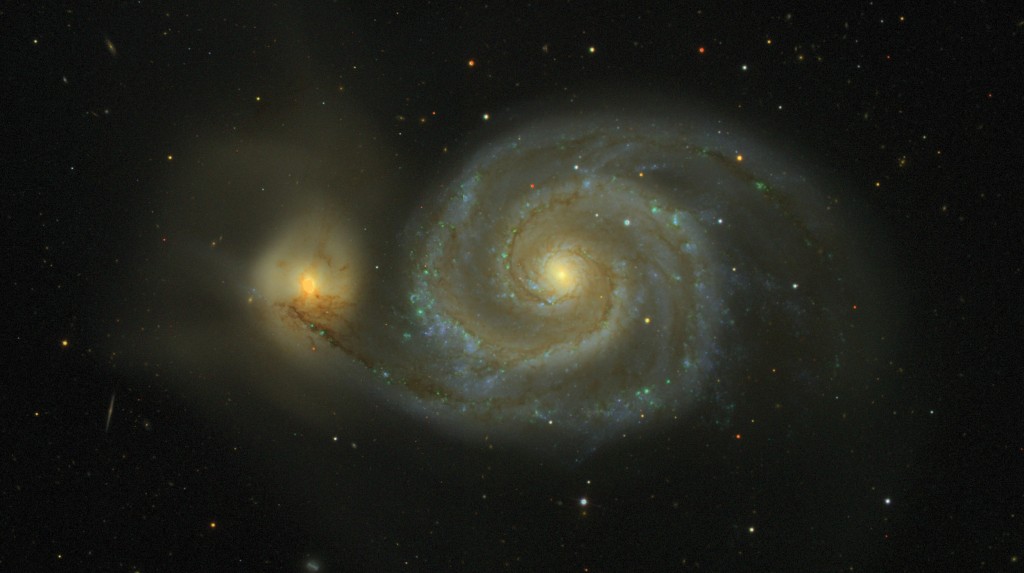
Stargazers, rejoice: The largest-ever 3-D map of the universe has been released to the public. The new map contains images of 200 million galaxies.
For 1.35 million of those galaxies, it also includes spectra—the measurement of how the intensity of the light coming from a galaxy varies with wavelength, which provides an estimate of its distance. The new map includes galaxies dating back to the time when the universe was half its present age. Its availability online was announced Aug. 8 by the Sloan Digital Sky Survey III, an international consortium of two dozen universities, including Vanderbilt.
All this astronomical information is available on the SDSS III website, where it is organized in a fashion that makes it accessible not only to professional astronomers, but also to amateur astronomers and star-struck members of the general public.
“The website has been set up to encourage public participation,” says Andreas Berlind, assistant professor of physics and astronomy.
Images, measurements and spectra are freely available online. The consortium also has created a special website called SkyServer that presents highlights from the survey data, selected to show members of the public “the beauty of the universe” and to “share with you our excitement as we build the largest map in the history of the world.”
Other Vanderbilt participants include astronomy professors David Weintraub and Keivan Stassun and assistant professor Kelly Holley-Bockelmann.